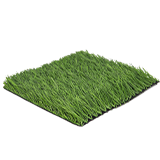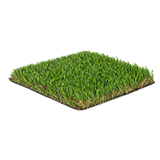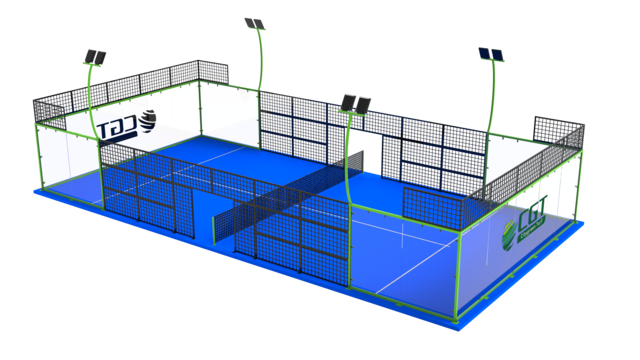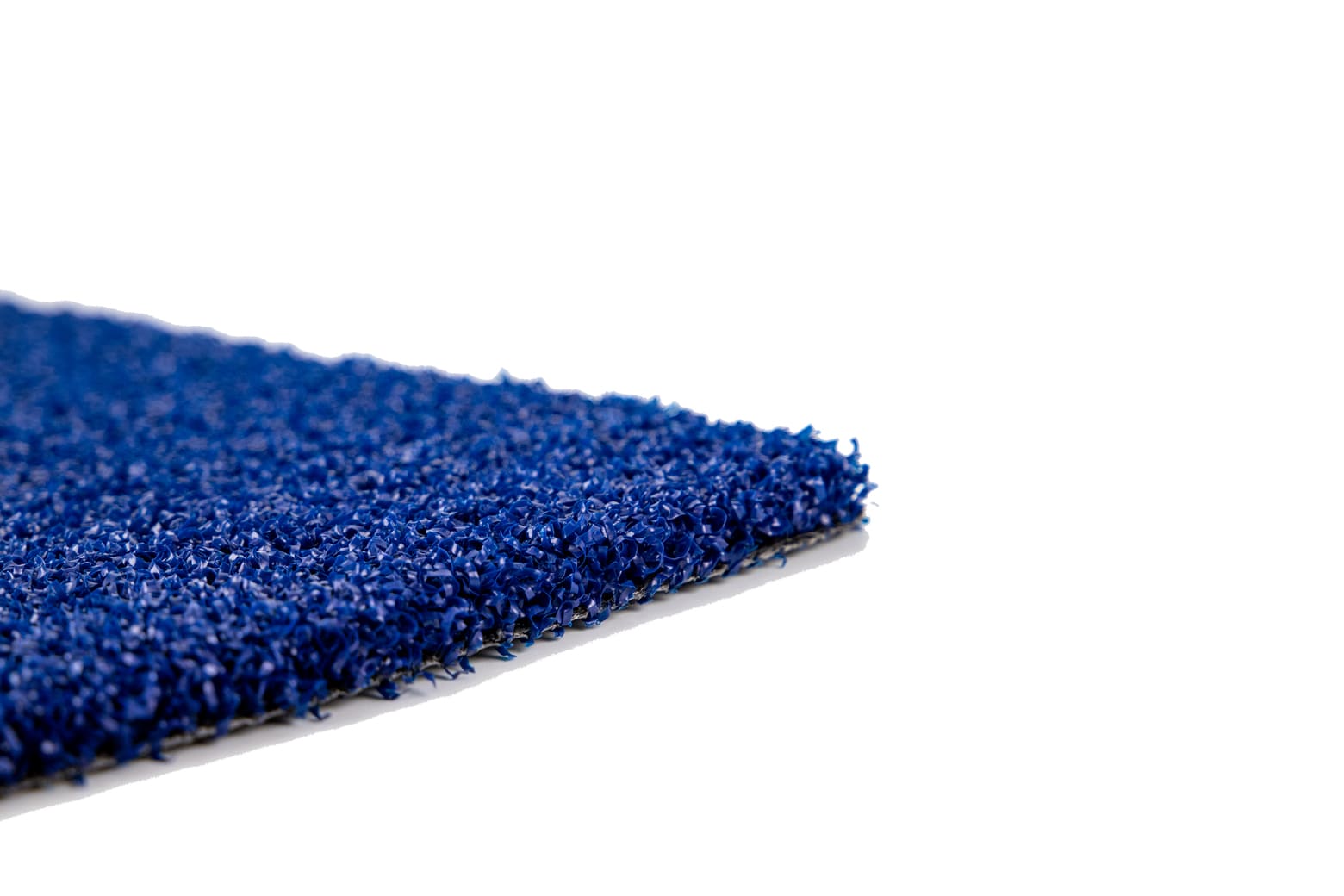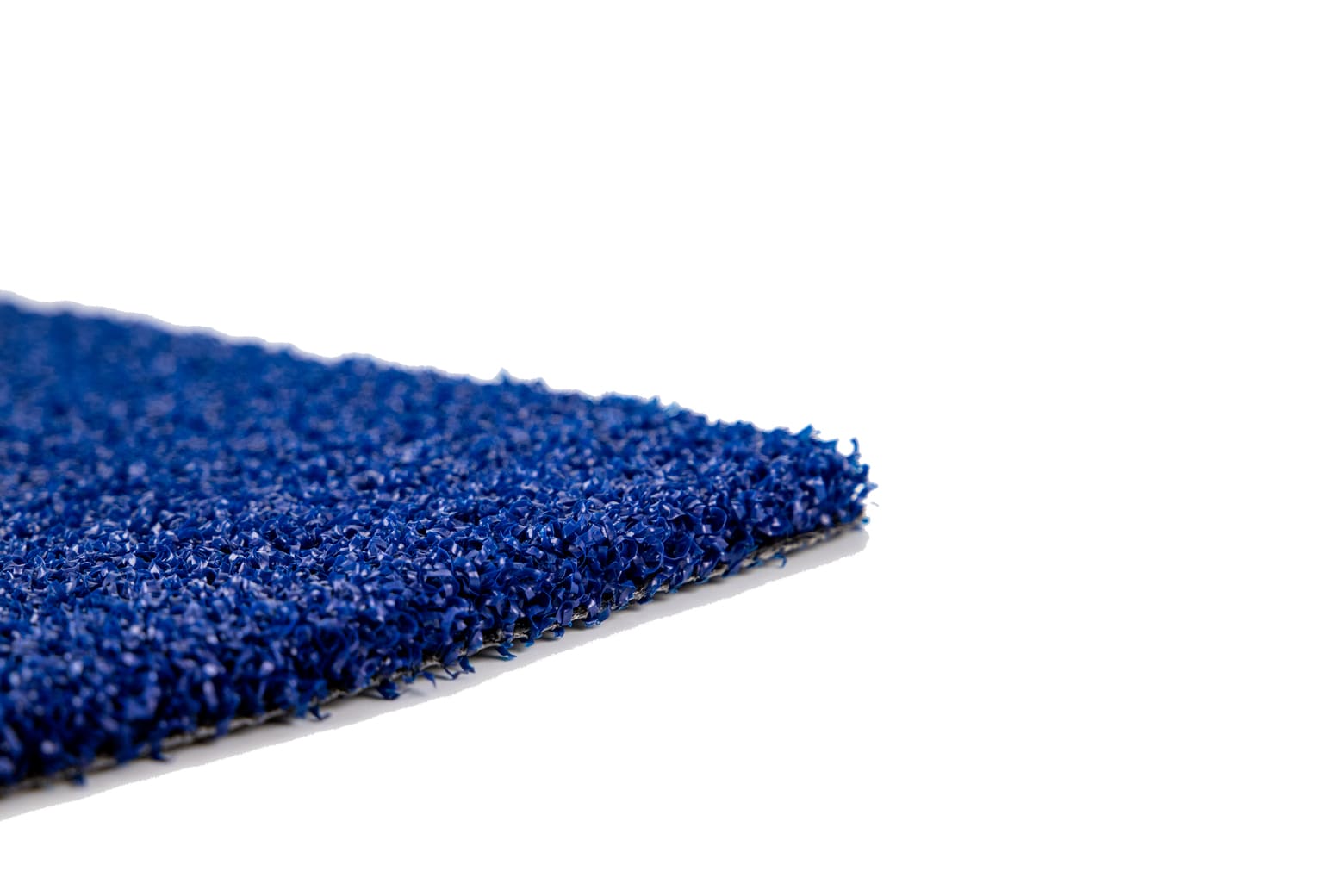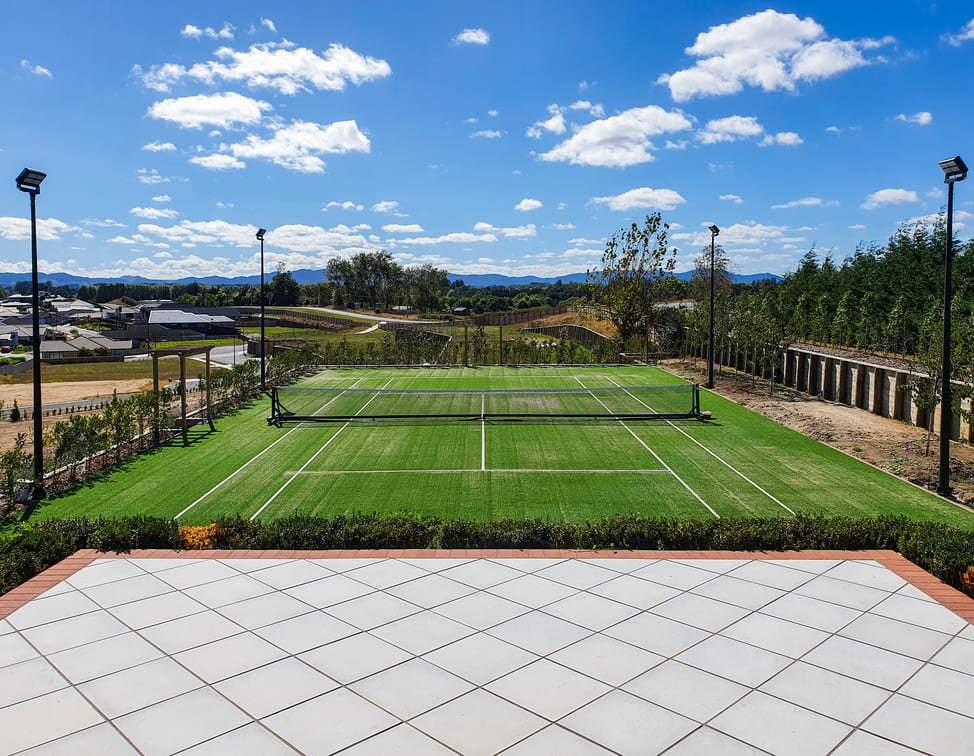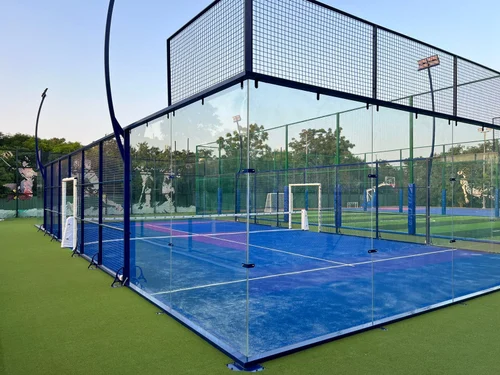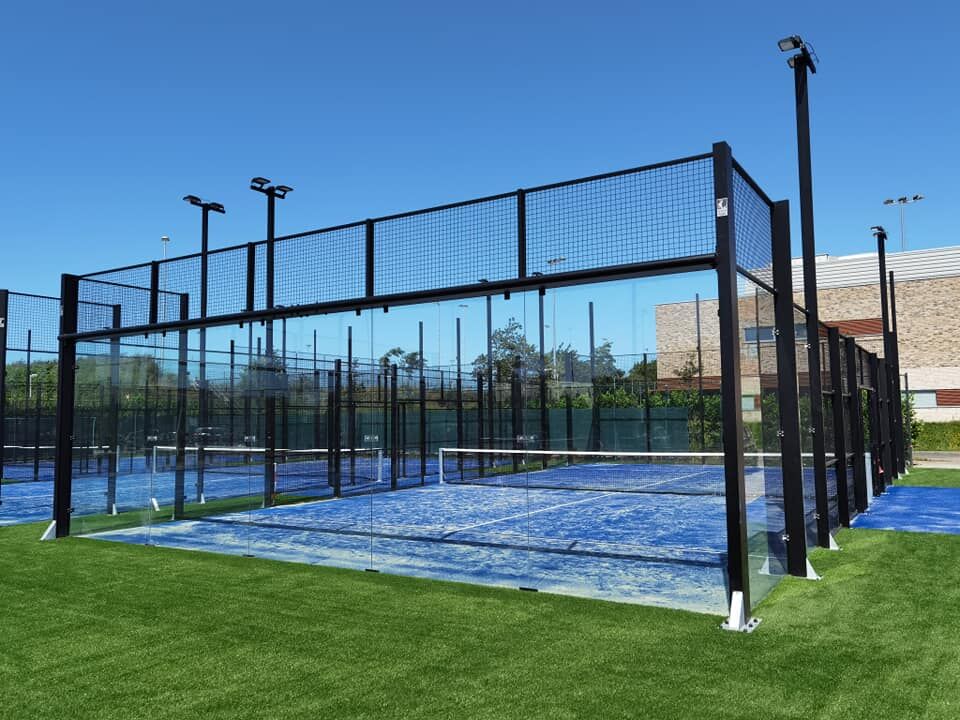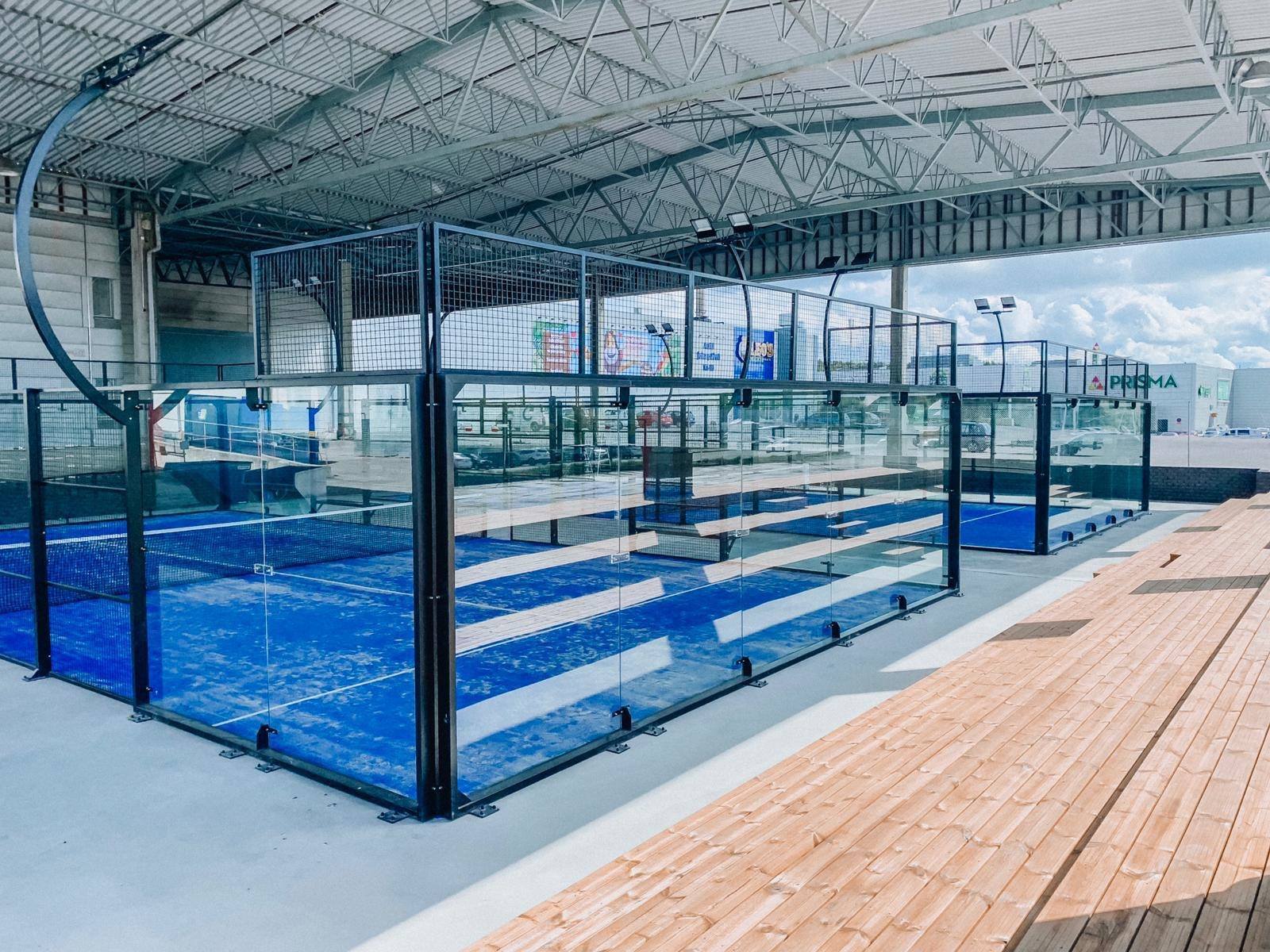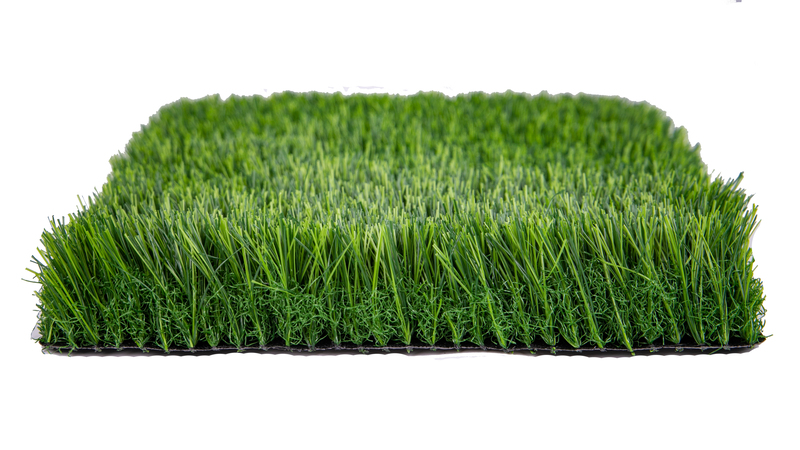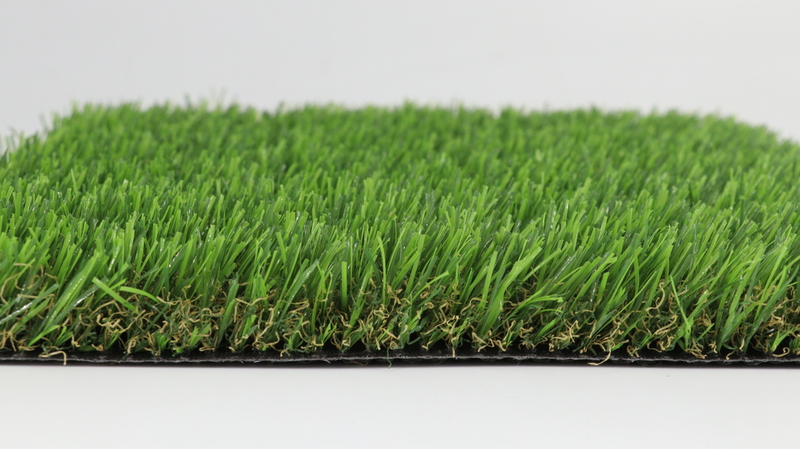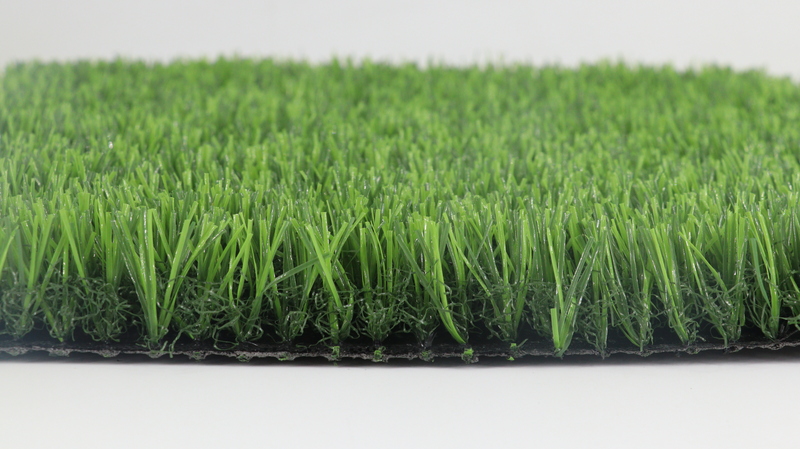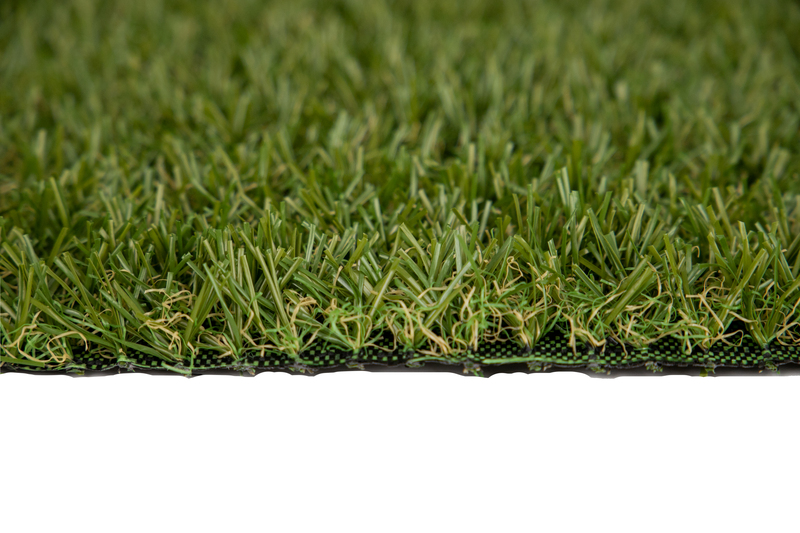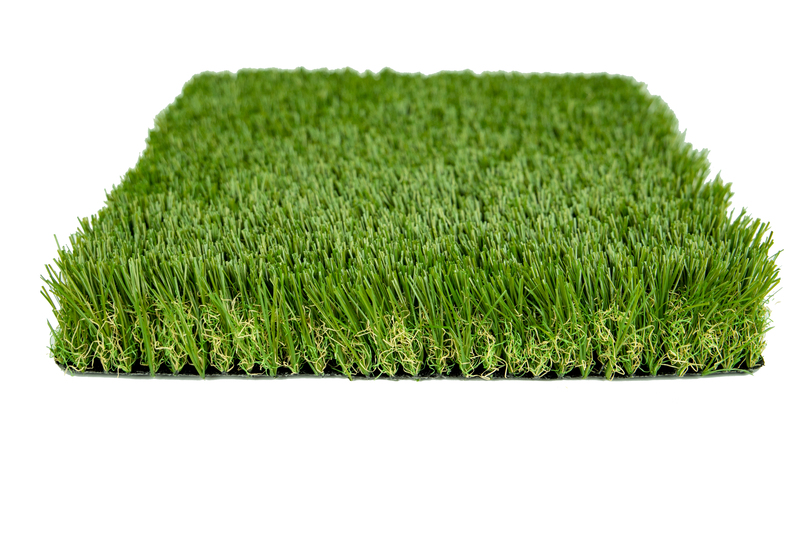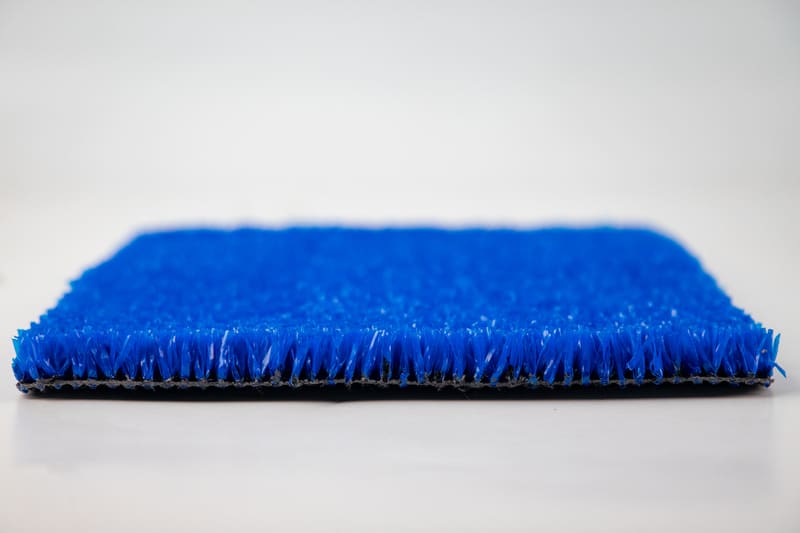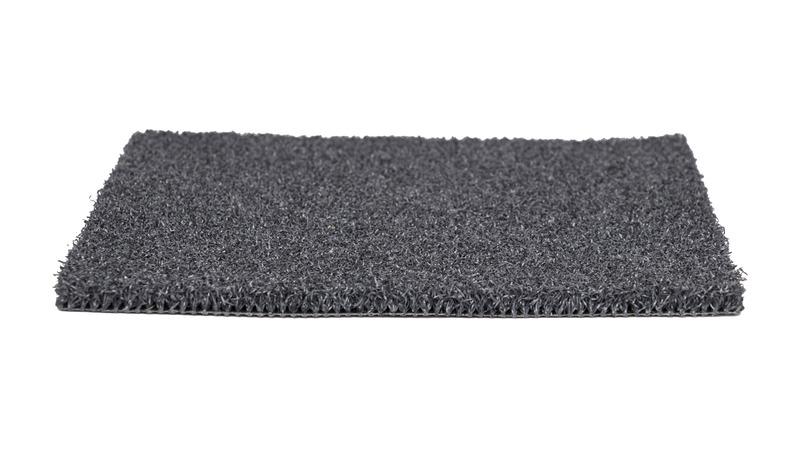In today’s competitive sports landscape, versatility, durability, and consistency are essential for clubs, schools, and facilities that manage multiple sporting events. Natural grass, while traditional, is no longer meeting the evolving needs of these institutions. That’s why an increasing number of clubs are turning to multi-sport synthetic turf—a smart, long-term solution that supports a wide range of sports while reducing maintenance and maximizing field time. Let’s explore why synthetic turf is quickly becoming the standard for modern multi-sport pitches.
The Problem with Natural Grass for Multi-Sport Use
Natural grass may look appealing, but it has its limitations—especially when the same field is used for football, rugby, field hockey, athletics, or school PE programs.
- - Wear and tear: Continuous use quickly leads to bald patches, uneven surfaces, and compacted soil.
- - Weather dependency: Rain can turn a grass pitch into a muddy mess, making it unplayable and dangerous. Dry seasons, on the other hand, can harden the ground and increase injury risks.
- - Costly upkeep: Regular mowing, watering, fertilization, line-marking, and pest control are required to keep the pitch functional.
These challenges are magnified when multiple sports are being played on the same field. The result? Higher maintenance costs, more frequent closures, and frustrated athletes and coaches.
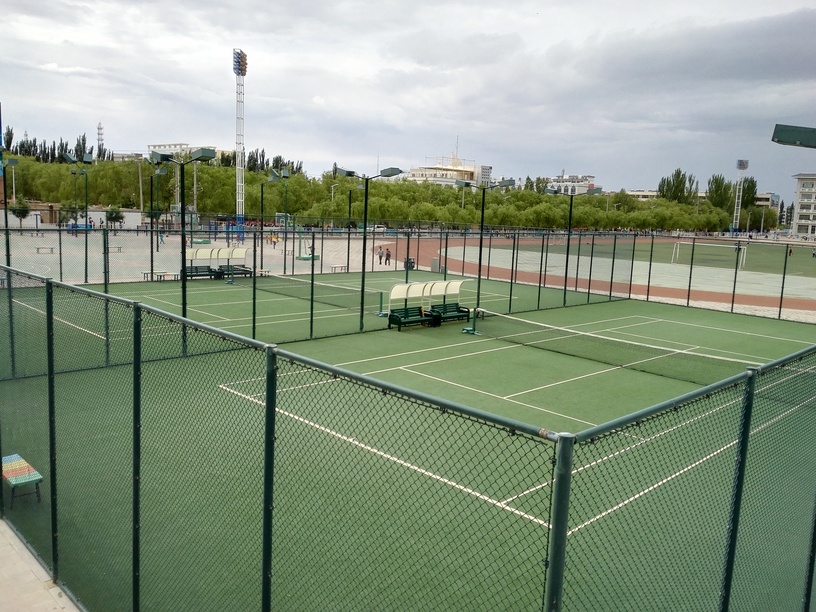
Artificial grass for multi-sport field
What Makes Multi-Sport Synthetic Turf a Better Solution?
Multi-sport synthetic turf is specifically engineered to handle the demands of various sports while offering year-round usability. From school playgrounds to elite training centers, this surface delivers consistency, durability, and performance—all without the downsides of natural grass. Here’s why it’s a game-changer:
1. Versatility Across Sports
Unlike sport-specific turf, multi-sport turf systems are designed to accommodate a broad range of athletic activities. One surface can support:
- - Football and rugby
- - Field hockey
- - Tennis and netball
- - PE and recreational games
- - Track-side training and agility drills
With accurate line-markings and customized surface options, synthetic turf can adapt to each sport’s technical needs.
2. Year-Round Playability
Synthetic turf eliminates weather disruptions. Rain or shine, it maintains a level, slip-resistant surface that drains efficiently and dries quickly. Clubs no longer need to cancel matches or training due to muddy fields or waterlogged zones.
3. Durability That Lasts
Multi-sport synthetic turf is built tough. It can withstand high foot traffic, cleated footwear, and repeated training sessions without forming divots or ruts. With proper installation and maintenance, these fields can last 8 to 12 years—significantly longer than natural turf under heavy use.
Performance and Safety Benefits
Modern synthetic turf systems include advanced infill options and shock-absorbing underlays that enhance safety and mimic the feel of natural ground. These innovations help:
- - Reduce injury risks from falls, cuts, or twisted ankles
- - Improve athlete confidence with consistent ball bounce and grip
- - Support intensive training by maintaining playability after hours of use
Many clubs have also noted a reduction in athlete downtime due to field-related injuries, thanks to the uniform traction and surface cushioning that synthetic turf offers.
Lower Costs, Higher ROI for Facility Owners
While the upfront investment in synthetic turf is higher than natural grass, the long-term savings and revenue potential are unmatched.
Key financial advantages:
- - Drastically reduced maintenance: No watering, mowing, or re-seeding
- - Lower downtime: More games, practices, and rentals per year
- - Multipurpose use: Host events, fitness bootcamps, or community programs
For schools and clubs looking to do more with limited space and budget, multi-sport synthetic turf transforms a single pitch into a high-performance asset.
Sustainable Sports Infrastructure
Artificial turf systems are also evolving with sustainability in mind. Many modern products use recycled materials, require zero pesticides, and reduce water consumption by tens of thousands of liters annually.
Additionally, by extending the usable lifespan of the pitch, synthetic surfaces contribute to lower resource consumption over time compared to constant re-sodding and reconditioning of natural fields.
Multi-sport artificial Turf Supplier
Choosing the Right Turf Partner
Investing in a synthetic pitch isn’t just about laying down plastic grass—it’s about working with the right team to deliver a tailored, high-performing surface that meets your club’s unique needs. That’s where Citygreen Turf (CGT) comes in.
With years of experience and a reputation for delivering durable, sports-specific surfaces, CGT provides comprehensive solutions for clubs, schools, and municipalities. Our multi-sport synthetic turf systems are engineered to meet global performance standards, ensuring athletes at every level play safely and confidently.
Our services include:
- - Customized turf design and layout
- - Professional installation support
- - Surface testing for safety and play performance
- - Long-term maintenance guidance
The Future of Sports Surfaces Is Synthetic
The shift toward multi-sport synthetic turf isn’t just a trend—it’s a response to real needs from the ground up. More clubs are recognizing that to grow their programs, improve safety, and make the most of their facilities, synthetic turf is the smarter choice.
Whether you’re upgrading an existing pitch or building a new facility, now is the time to consider synthetic solutions that boost performance, extend usability, and deliver value for years to come.

